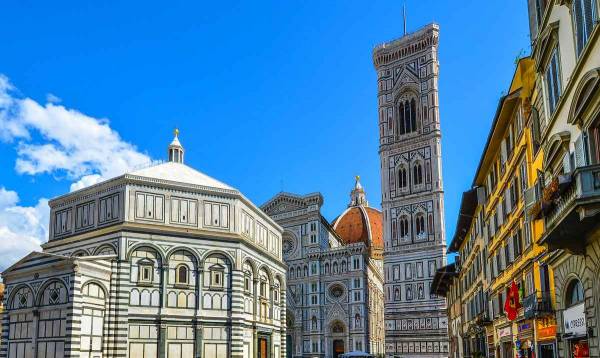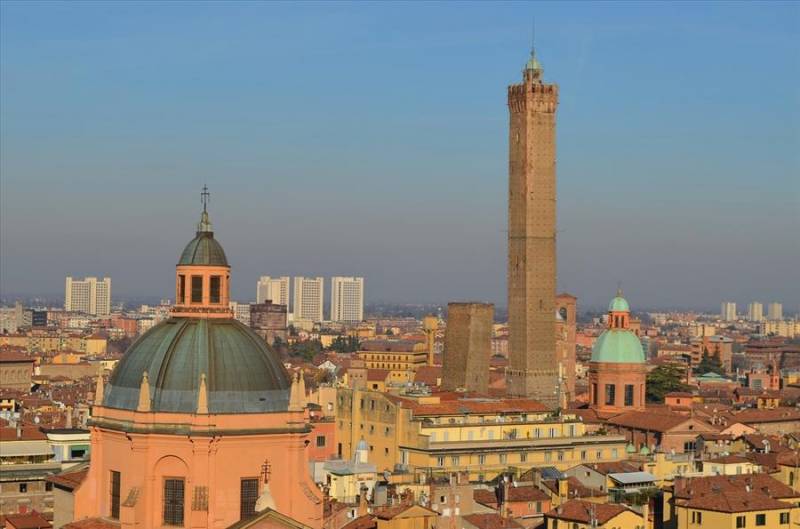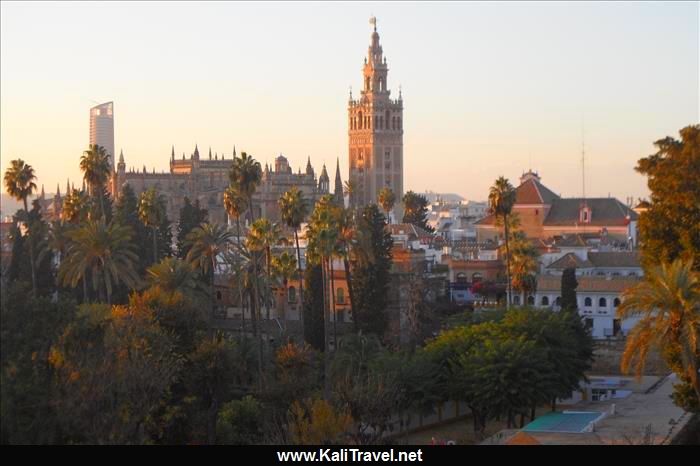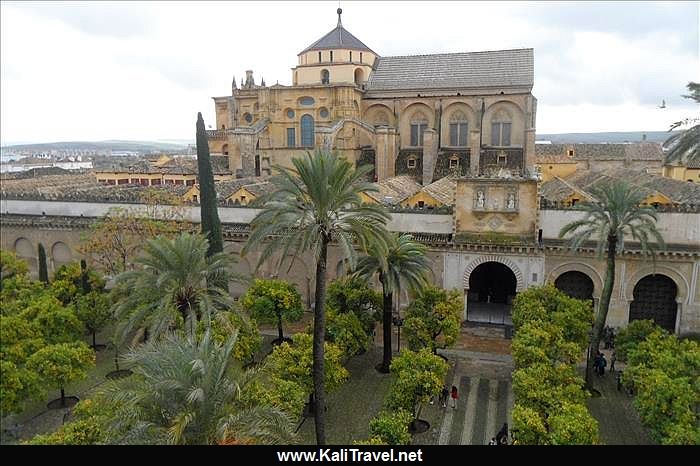A stunning 22 countries from three continents border the sunny Mediterranean Sea (Southern Europe, North Africa and Western Asia). The list of UNESCO sites in this region is extraordinary (there are 55 in Italy alone)! Here is our pick of legendary wonders, 10 Mediterranean Heritage Sites to visit.
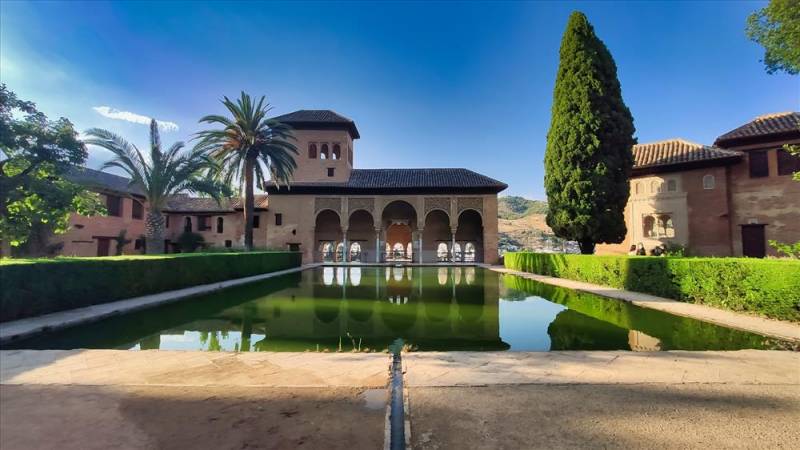
Top Mediterranean Heritage Sites
Authored by local Greece expert Chrysoula.
The Mediterranean countries are full of interesting and unique heritage sites, from the towering monasteries in Meteora to the red walled medina in Marrakech. These span millennia of history, beginning with the ancient Greeks and ending in the 17th century. The heritage sites are popular tourist sights, easy to get to, and one of a kind to explore. The 10 Mediterranean heritage sites below are located in and around other popular cities, making them an easy add on to an already exciting itinerary.
Meteora, Greece
While many people visit Greece for the islands, there are plenty of extraordinary places to visit in Mainland Greece. Meteora is one such place. Home to six remaining monasteries built on top of natural rock pillars, Meteora is a sight to see. The precariously built monastery complexes were likely built in the 12th century although exact dates are hard to find.
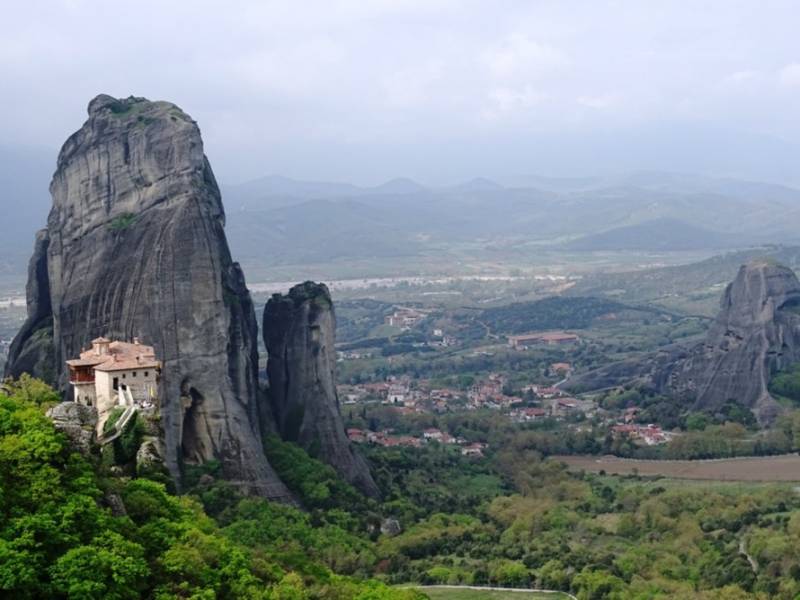
There were certainly monasteries here by the 14th century, many of them only accessible by a ladder that could be lifted into the monastery for protection. As the story goes, the ropes that carried pilgrims up to the monastery were only replaced “when the good Lord let them break”, requiring a lot of faith on the part of anyone entering the monastery.
In the 1920s, stairs were cut into the rock, making the monasteries more accessible to pilgrims and visitors. Of the original 24 monasteries, just these six remain. Two are inhabited by nuns while the other 4 are inhabited by monks. In 2015, the Monastery of St Nicholas Anapausas had just one monk in residence.
Sanctuary of Asklepios at Epidaurus, Greece
The Temple of Asklepios in Epidaurus was the main holy site of Asklepios, the son of Apollo and god of medicine in Ancient Greece. The cult of Asklepios was at its height in the 6th century BCE. This is where people went in hopes of being cured. First, they spent the night in a large communal sleeping hall.
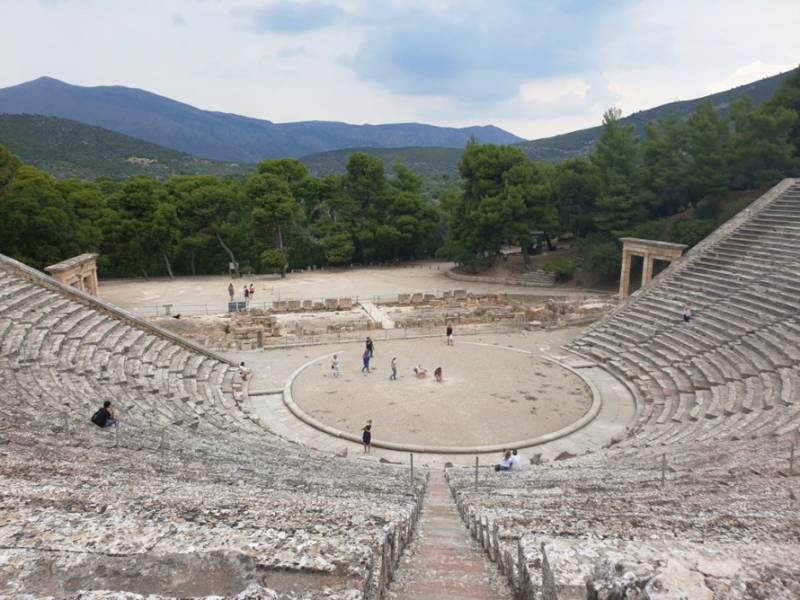
During the night, in their dreams, the god would advise them of what they had to do. Pilgrims sometimes stayed for a long time; there was also a guesthouse that could sleep 160 people. While the sanctuary is incredibly important to the ancient Greek world, there were plenty of other places in Epidaurus for pilgrims.
The prosperity that came with the pilgrims allowed for more civic buildings, like the Theatre of Epidaurus, one of the most important ancient theatres in Greece, the Stadium, the Gymnasium, and more. In later Roman years, there were also Roman baths. Epidaurus is an easy day trip from Athens or can be included on a drive from Athens to Corinth or the Peloponnese.
Villages of Cinque Terre in Italy
The five villages of Cinque Terre -Riomaggiore, Manarola, Corniglia, Vernazza, and Monterosso- are located along the Ligurian coast between Livorno and Genoa, Italy. Until recently, the only link between the villages was by a footpath; there is now a modern railway and roads, however, the best way to explore this region is on foot.
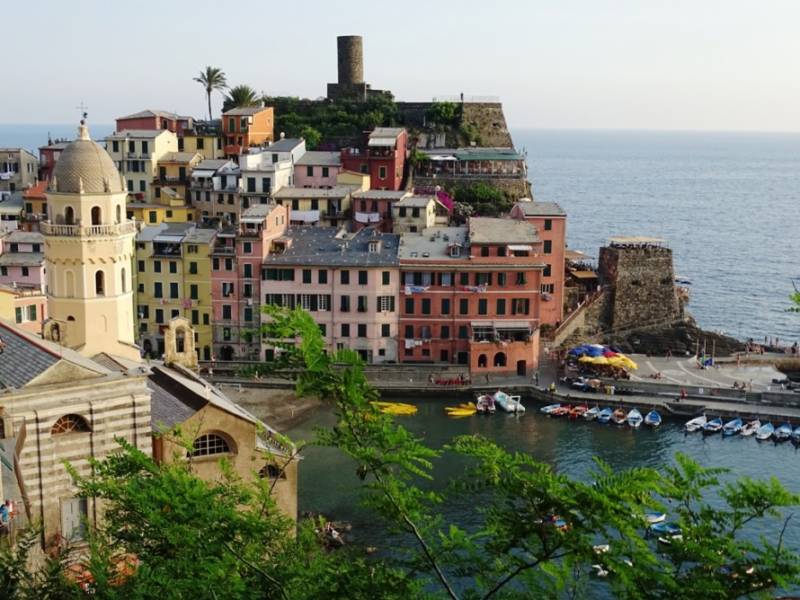
The region is noted for its beauty. Cinque Terre’s villages are colourful, built precariously on the edge of the hillside. Together they are a UNESCO heritage site, and easily accessible from Florence or Pisa. The best way to explore this region is to stay in one of the villages and wait for the day-trippers to leave, in order to experience this region the way it once was.
If you’re looking for a perfect Italian holiday, combine Cinque Terre with a 2 day Venice itinerary, then visit Torcello, Murano & Burano Lagoon Islands, spend 2 days in Bologna and 1 day in Florence to see all the historic sites. If you have longer, explore deeper into Tuscany to see the walled heritage cities of Lucca and Siena.
Pompeii in Italy
Located just outside Naples, Italy, Pompeii is a unique look into the exact moment that a volcano (Mt Vesuvius to be exact) destroyed a Roman city. Preserved under the volcanic ash, the excavations reveal detailed glimpses into the everyday life of the city’s inhabitants. Pompeii was settled in the 8th century BCE by the Oscans and later inhabited by the Greeks and Phoenicians.
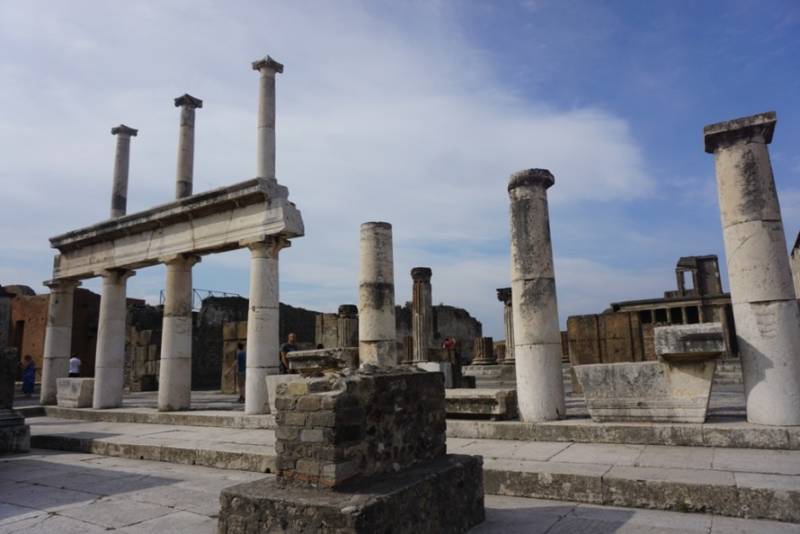
The Romans ruled from around 340 BCE until the eruption. The area around Pompeii was prosperous, due to the desirability of living on the water, and for the fertile soil that allowed for agriculture. Pompeii became an important stop on trade routes and many new public buildings were built or refurbished. When the eruption happened in AD 79, the city had just rebuilt following an earthquake in 62.
The date of the eruption was originally thought to be August, however, evidence of fall fruits and vegetables, as well as wine harvesting, indicate that the eruption probably took place in October or November. Excavations have revealed a lot about the life in Pompeii, from perfectly preserved mosaics to coins, jewels, statues, and skeletons. Erotic art was also discovered, and as of 2019 minors were only allowed to visit the gallery with written permission from a guardian.
Alhambra in Granada, Spain
Granada, Spain, is an Andalusian city in the foothills of the Sierra Nevada mountains. The Alhambra Palace, an ancient Nasrid citadel, is located above the town proper in the Albaicin neighborhood. The palace was built in the 9th century on Roman ruins but largely abandoned until the Nasrid rule of the 13th century.
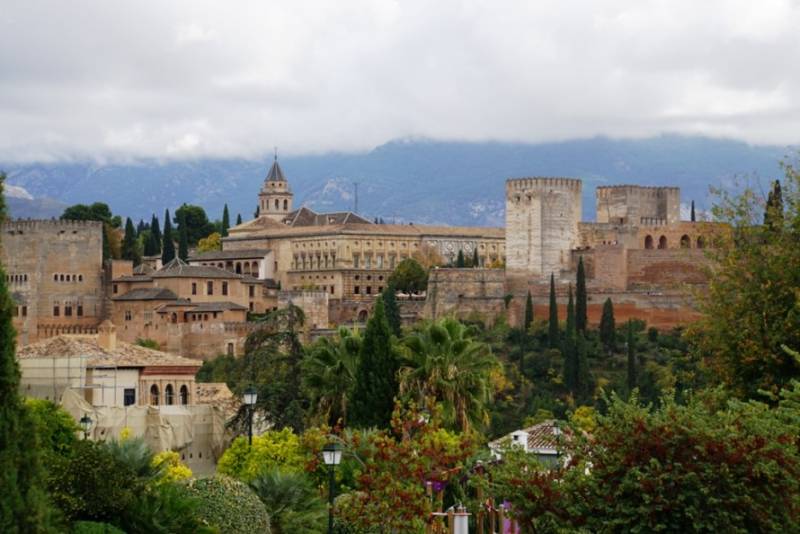
After the conquistadors took Spain, the palace was home to Ferdinand of Aragon and Isabella of Castile (also known as the parents of Katherine of Aragon, Henry VIII’s first wife). The Alhambra is widely considered one of the significant examples of Moorish architecture. Its Court of Lions, Arabic inscriptions and the connected Generalife gardens and palace are among the highlights.
The Alhambra Palace and Gardens are one of the most visited sites in Spain. While you’re in this part of the world, explore more of the Andalucia Region. You can see Granada in 3 days, travel down to see Cordóba city,and then drive on to see the sun set over Seville skyline if you time it to arrive in the late afternoon!
Medina of Marrakech, Morocco
Marrakesh, a city west of the Atlas Mountain foothills of Morocco, is a city steeped in history. It has been inhabited by Berbers since Neolithic times. The medina, an ancient walled district with winding alleys, shops, and narrow streets, is a UNESCO heritage site and part of the original city. Marrakesh is one of the oldest cities in the Mediterranean and the medina is one of the busiest shopping centres in Africa. There are over 18 souks in Marrakesh, many of which sell Berber carpets, spices, metalwork, and more.
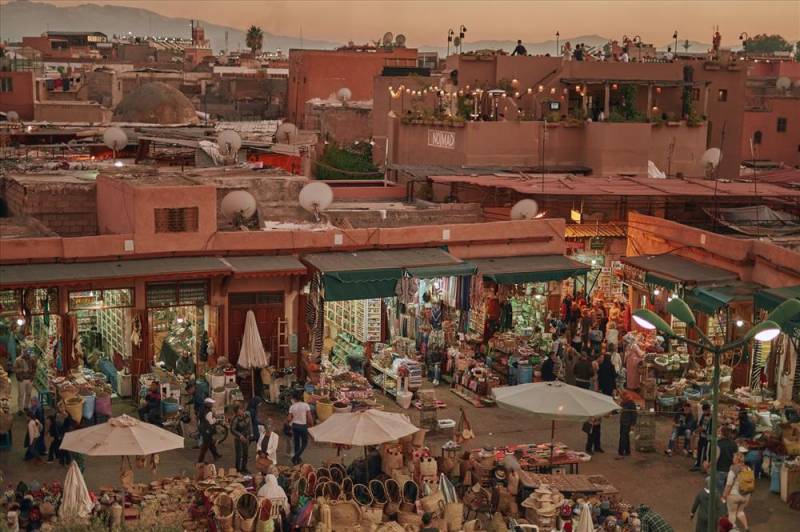
Morocco is one of the most exotic countries we have ever visited – don’t miss seeing the heritage and culture in Marrakesh Medina while you’re here, and then head out for an exciting trip to the Sahara Desert.
Ephesus, Turkey
Ephesus, along the western coast of Turkey, is best known as one of the most important commercial centers of ancient Greece. Built in the 10th century BCE, by Greek colonists, and later built up by the Ionian League and the Romans, the city is known for the Temple of Artemis, one of the Seven Wonders of the Ancient World, the Library of Celsius, and the Theatre of Ephesus.
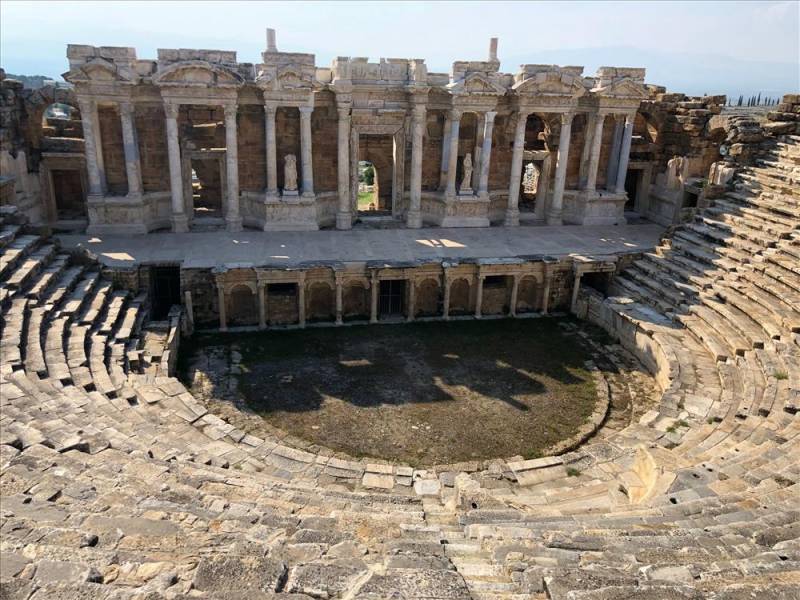
The only remains are the library, theatre, and some houses and smaller temples. Ephesus is one of the largest Roman archaeological sites, and there is also evidence of a gladiator graveyard within the theatre. St. Paul lived in Ephesus for a while, and there is a legend of the Virgin Mary living in Ephesus at the end of her life.
City of Valletta, Malta
Valletta, the capital of Malta, is known primarily for its home of the Knights of St John, or Knights Hospitaller. It was named for their leader, Jean Parisot de Valette, who defended the island against the Ottomans. Valletta is noted for its city walls and fortifications, as well as the beauty of its Baroque churches and palaces.
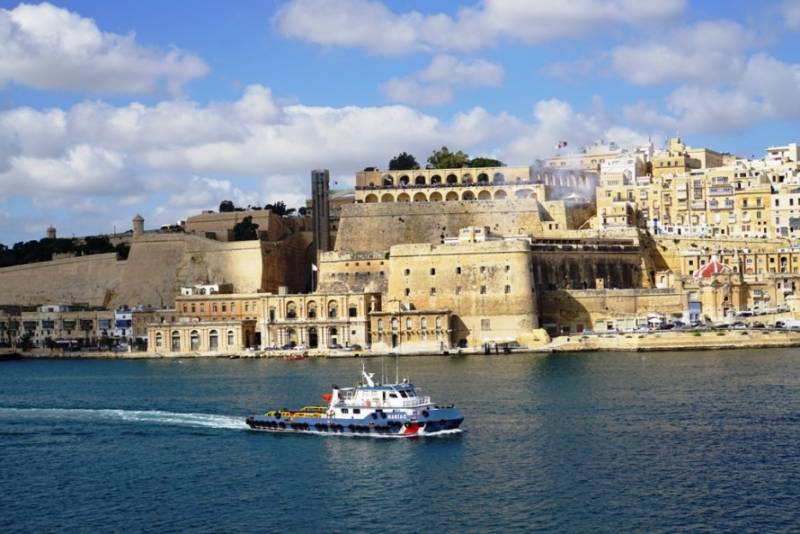
You shouldn’t miss the impressive St. John’s Cathedral where you can see the only painting signed by Caravaggio, the Lower Barakka Gardens with amazing views over the harbour, the city walls, and the beautiful Triton square. It is also a Game of Thrones filming site, much of which can be seen while walking around town.
Palace of Versailles, France
The Palace of Versailles started life as a royal hunting lodge in the early 17th century, under Louis XIII, the son of Henry IV (Henry of Navarre) of France. Twenty years later, Louis decided to make Versailles into a chateau, but it wasn’t until the reign of Louis XIV that the modest chateau was enlarged and embellished into a palace. This took twenty years, while the later enlargement took thirty and the renovations under Louis XV took another few decades.
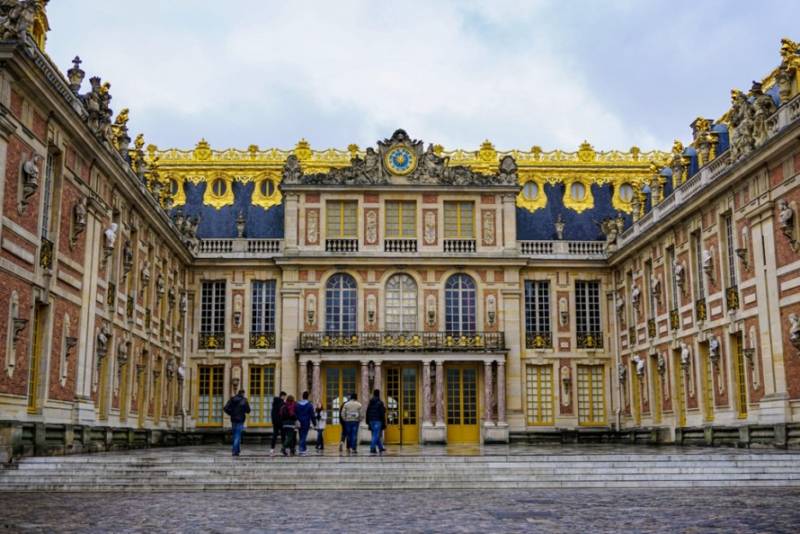
Marie Antoinette and her husband, Louis XVI made extensive changes, but it was here that they took refuge against the revolutionists. When they left in October 1789, they did not return. In the 19th and 20th centuries, Versailles was restored to its early brilliance. The Treaty of Versailles, which formally ended World War One, was signed in the Hall of Mirrors. Versailles is a short trip from Paris, and a must-see while you are in the City of Lights.
Strasbourg, France
Strasbourg is a city in the Alsace region of France, at the border with Germany. Once a Roman settlement, the city changed hands between the French and German over the centuries. Strasbourg’s cathedral is one of its most famous buildings. The city is also known for the La Petite France neighborhood and the canals that line the city, traditional timber-framed buildings, and a famous astrological clock. Strasbourg survived both World Wars One and Two.
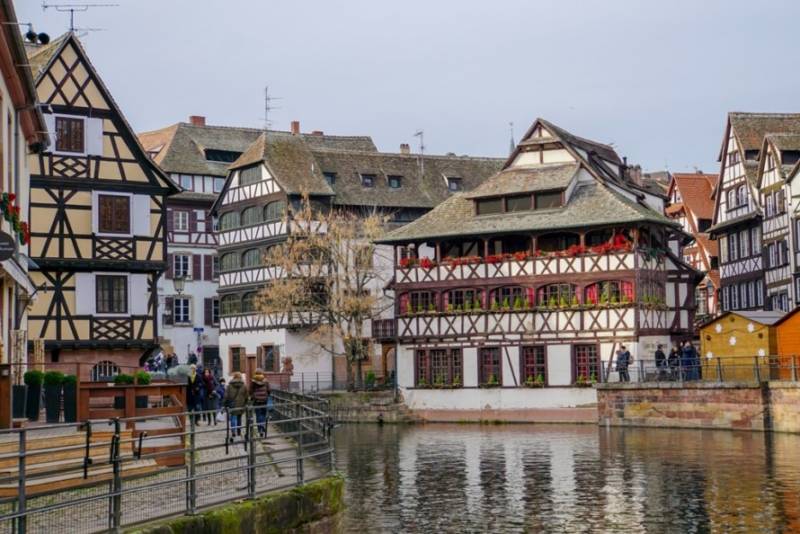
These Mediterranean heritage sites are important archaeological, cultural, and historical cities even in today’s modern world. Their textual history and remains have shown us more about various eras or points in the timeline of our world, and all are worth a visit while exploring Europe and the Mediterranean.

Chrysoula is a travel blogger born and raised in Athens (Greece) with a professional background in Tourism and Marketing.
Through the pages of Greece Travel Ideas, she wants to help visitors make the most of their trip to Greece and introduce them to the Greek culture and traditions.
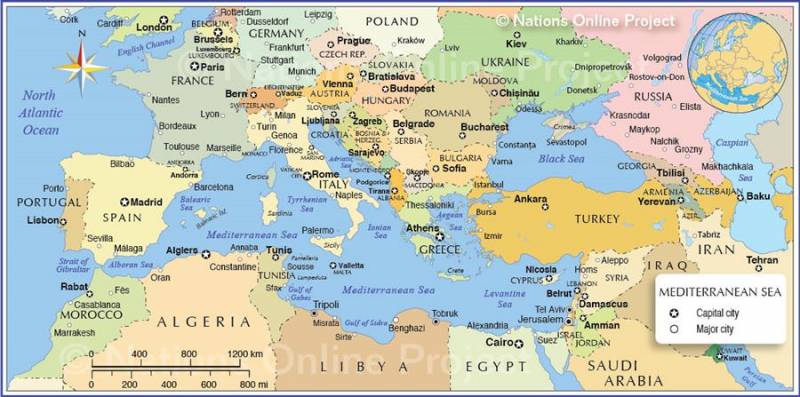
Other Mediterranean Heritage Sites to Visit
World Heritage Sites in Italy
Exploring the World Heritage of Venice
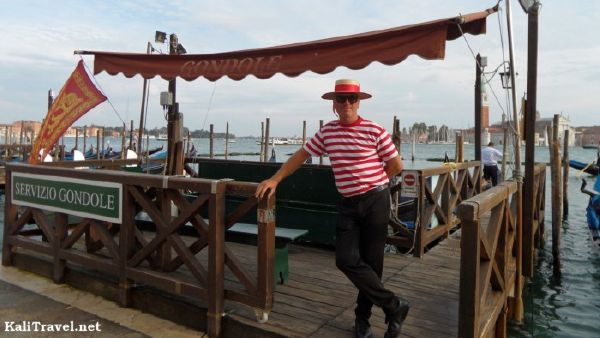
A trip to Venice itinerary is affordable and easy to organize if you follow our travel tips. Stay in the heart of old Venice city, discover the heritage sites, and then wander along the canals away from the tourist spots.
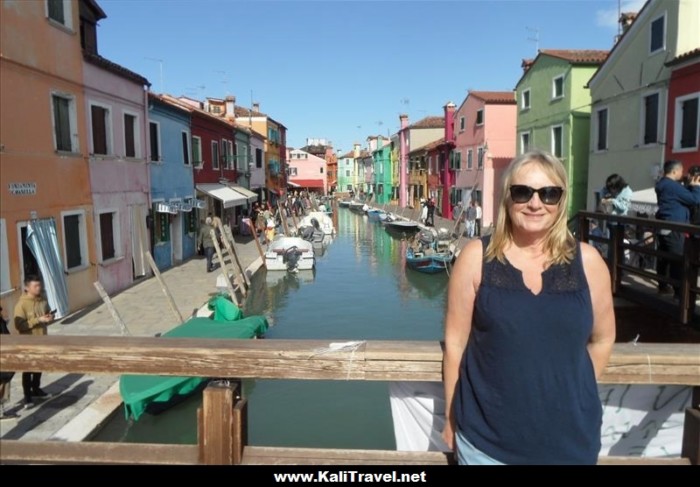
How to Visit Venice Lagoon, Italy. Murano, Burano and Torcello are beautiful little islands a short distance off the coast of the world’s most famous water city – Venice!
Whether you’re here at the weekend, or just love travelling and need to budget the frills, our ‘1 Day in Florence’ guide gives some useful suggestions for a day out or overnight stay in Italy’s favourite city.
Discover the Historical Sites of Bologna
If you want a totally Italian experience that includes World Heritage Sites, and incredibly good food and wines, then start your holiday with 2 days in Bologna (or fly over for the weekend).
World Heritage Sites in Spain
Seville World Heritage Itinerary
The panoramic view from our bedroom terrace was stunning – Seville skyline was backlit by the sunset, the unmistakable Giralda tower and a dozen church spires piercing the sky.
Córdoba 1 day itinerary. Here’s our guide of what to do and unique things to see in Córdoba old town, a must-visit World Heritage destination in southern Spain.
Top Heritage Sites in Barcelona
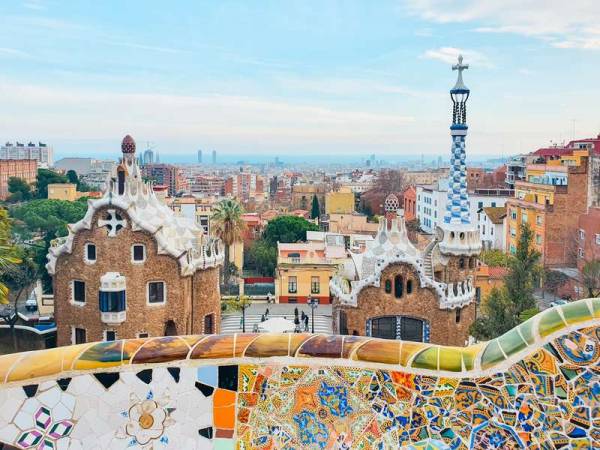
The capital of Catalonia Region on Spain’s northern Mediterranean coast, Barcelona city is an open-air museum with a multitude of fascinating things to see and do.
World Heritage Sites in Portugal
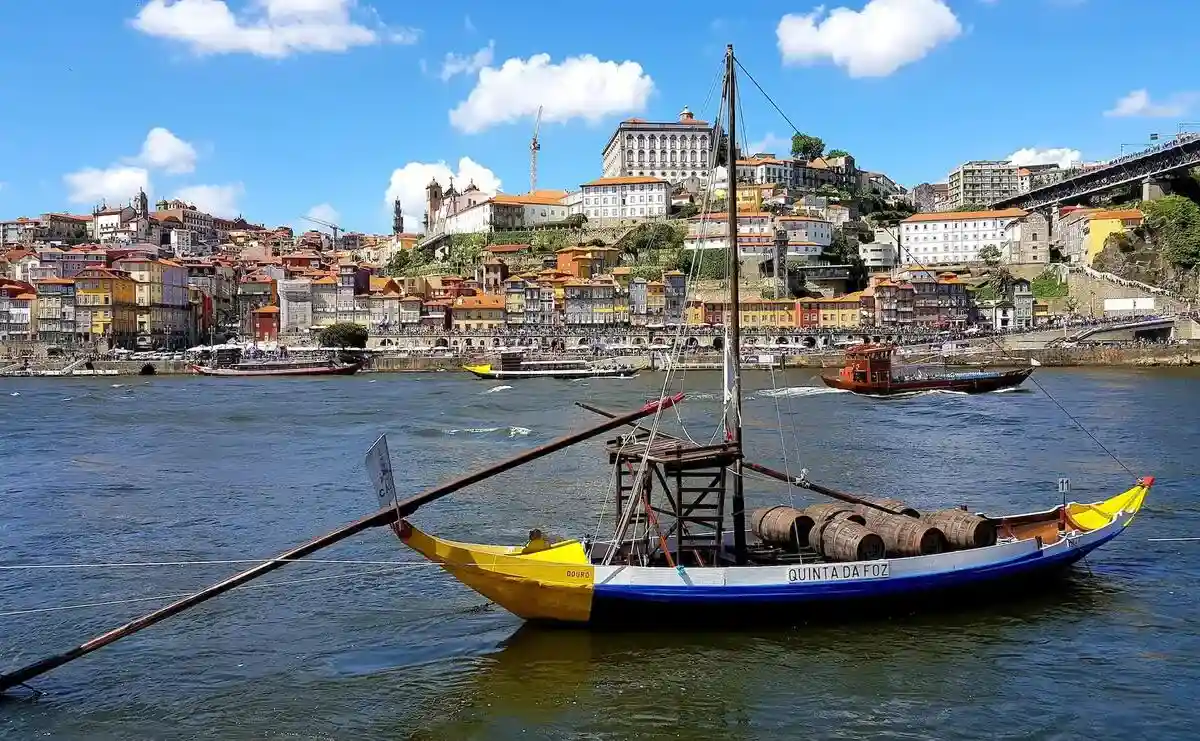
Are you thinking of spending 2 days in Porto? Our Porto Itinerary explains how to see this beautiful World Heritage City on your next trip to Portugal.
World Heritage Sites in Morocco
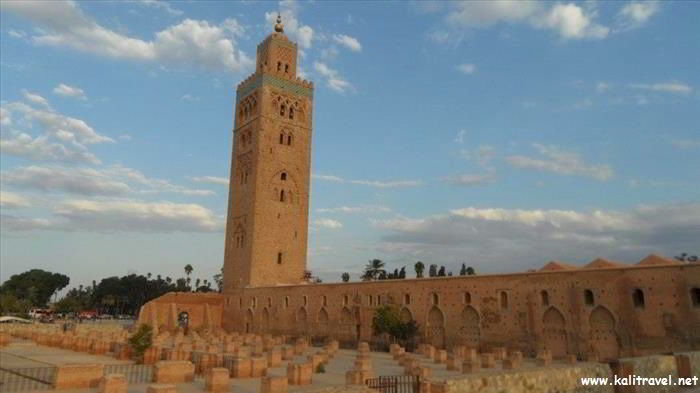
I’d always dreamed of seeing Marrakesh, imagining the legendary red-walled city that I’d only read about in novels or seen in those old-fashioned romantic movies…
Discover the World with![]() the blog with a focus on independent travel
the blog with a focus on independent travel




